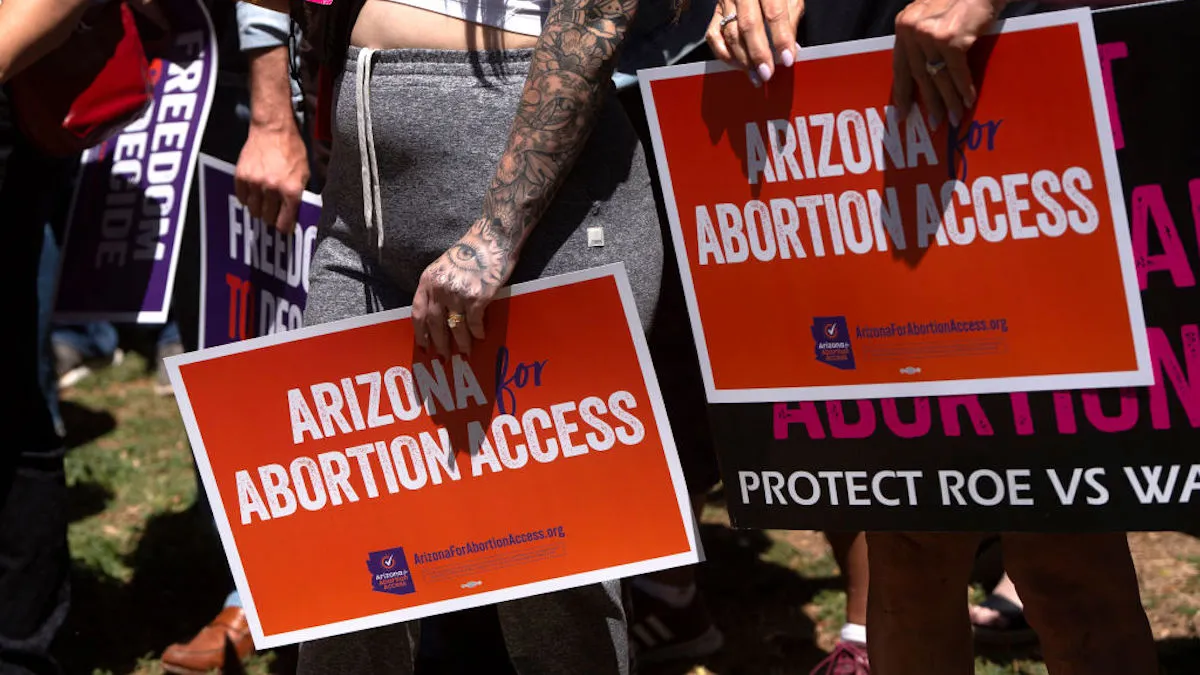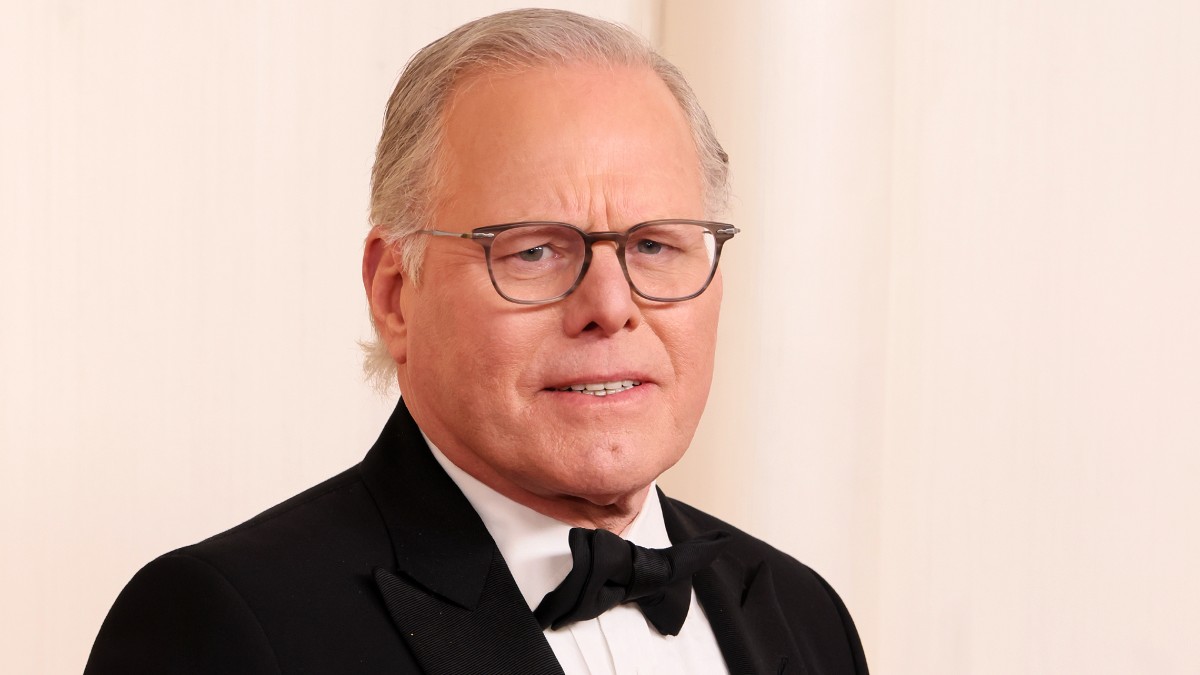According to the annual UCLA Hollywood Diversity Report, Hollywood is regressing rather than progressing.
Results have shown that racial and gender diversity within the industry has either not improved since 2019, or has ultimately stayed the same, and can we say we’re surprised? Absolutely not.
Per The Hollywood Reporter, the study looked at both streaming and theatrical releases in 2022, encompassing the 200 highest-grossing English language films worldwide as well as the 100 most domestically streamed films in the U.S.
The research found that for theatrical releases, “the gains in diversity for theatrical releases melted away” and it was noted that, in terms of race and gender, numbers had returned to what they had been in 2019.
Women made up 39% of lead actors and 15% of directors, while people of color made up 22% of lead performances, 17% of directors, and 12% of screenwriters.
Streaming films seemed to do better than cinema releases, with gender parity among lead characters between the two platforms, and figures show that streaming did better in having casts that consisted of non-white actors–64% had casts that were less than 70% white, compared to 57% of films that had a cinema release. People of color largely made up audiences for six of the top 10 theatrical films last year, with streaming films “over-indexed,” so you would think that production and distribution companies would look at those figures and think they need to do better, no?
Co-founder of The Hollywood Diversity Report, Darnell Hunt, said in a statement, “Audiences of color are the bedrock of Hollywood and key to the bottom line as research shows once again that audiences prefer diverse casts.”
Two of the most-streamed films last year were Turning Red and Encanto. They both center around non-white characters and are coming-of-age stories, which Hunt said meant that they were “culturally specific yet relatable.”
“With more than half of the current population under the age of 18 belonging to communities of color, these young people will grow up and demand films with protagonists who look like them and who live like them.”
The research also found that a whopping 73% of films released in cinemas were directed by white men, and that most of those movies (60%) got much higher budgets—$30 million or more. Female-directed films generally had lower budgets (56% had budgets under $20 million), as did those directed by people of color (76% under $20 million).
There is some sort of glimmer of hope though. The number of theatrically-released films written by women has risen 10% since before the diversity panic of 2020, though within that, only one woman of color wrote a film that landed within the top 200 releases last year.
The report has been going since 2014—nearly a decade!—but this year is the first time it includes statistics about those with disabilities in the film industry. Though the excuse has been given that it’s hard to find out about disability statistics because of self-description and people’s right not to disclose, the report found through third-party data that only 5% of actors had disabilities. That’s in comparison to the 25% of disabled adults who live in the U.S.
This report has shown that maybe Hollywood’s purported investment in diversity is more concerned with optics than genuine inclusion. If they looked at this report, those in power would see that representation and diversity do actually matter—both in terms of societal growth and also for their bank accounts, considering what ended up being the top two films of 2022.
Will they ever learn though? There’s hope, but I wouldn’t hold my breath.
(via THR, featured image: Michael Blann/Getty Images)









